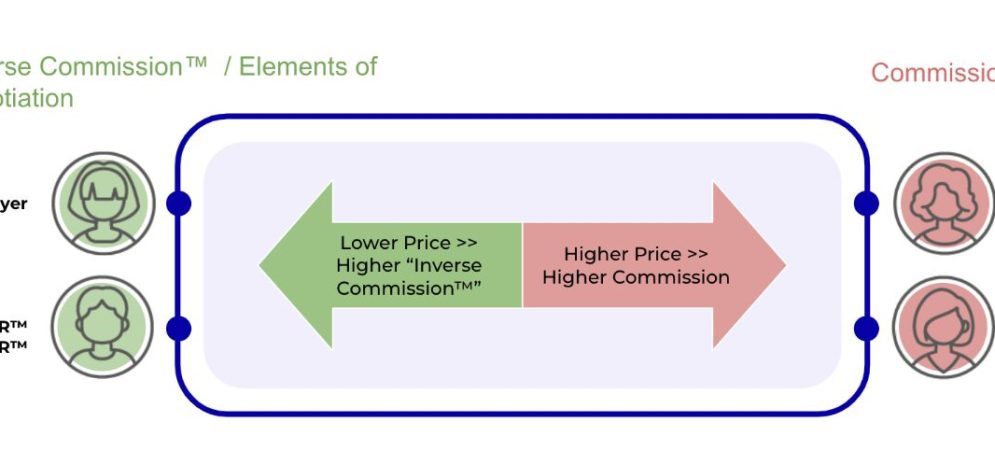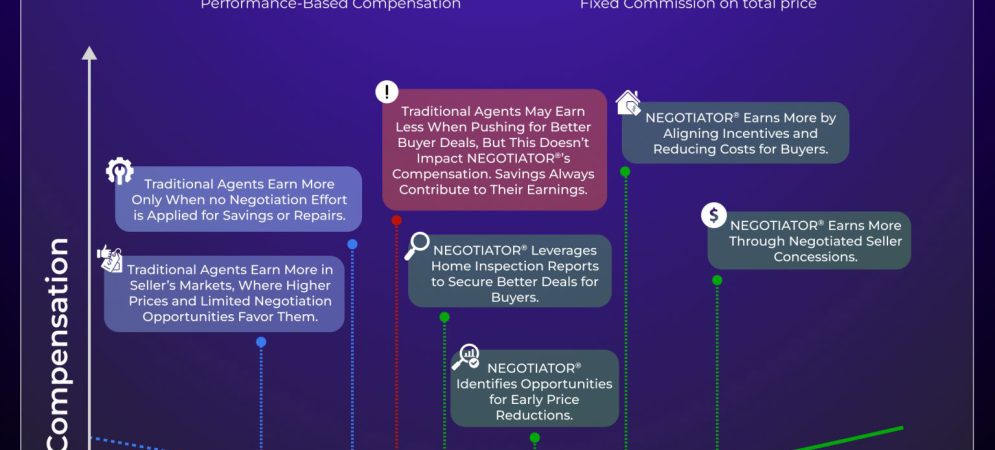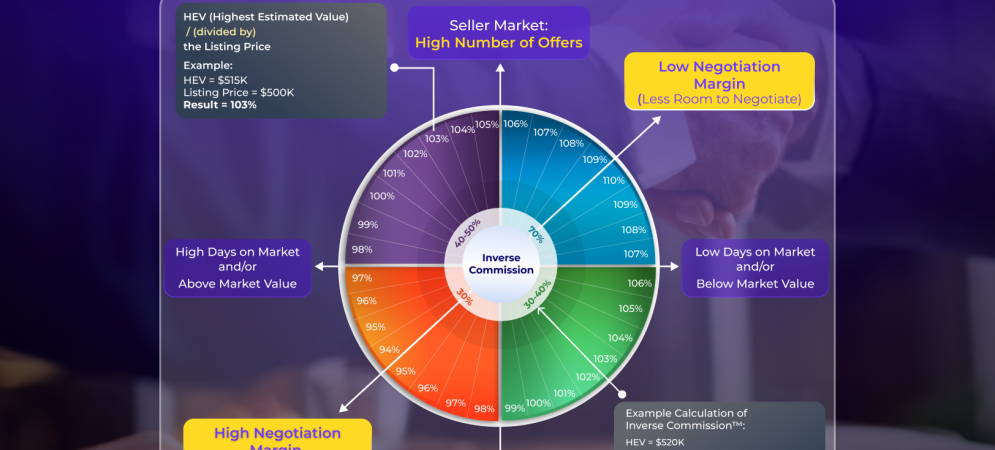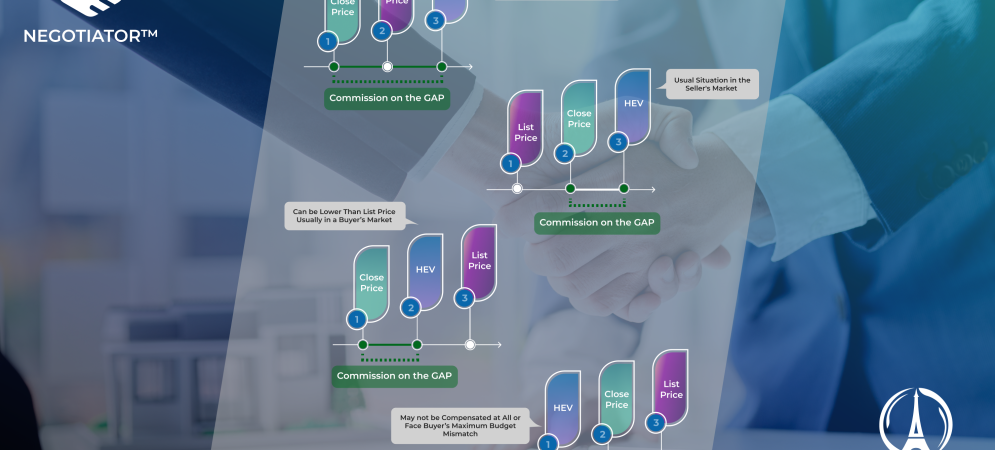Unlocking a New Era in Real Estate: How Paris Paradigm Redefines the Buying Process
The world of real estate has long been dominated by outdated practices that don't always align with the best interests of buyers or agents. However, Paris Paradigm is revolutionizing the industry, providing innovative solutions for buyers and agents alike. This new approach focuses on aligned incentives, increased transparency, and a streamlined process, especially through its NEGOTIATOR® model and NAVIGATOR™ services. Let’s dive deeper into the core of these innovations. What is Paris Paradigm? Paris Paradigm is a comprehensive platform designed to simplify and improve the real estate negotiation process. It offers two primary roles: NEGOTIATOR® and NAVIGATOR™, each playing a…
Read More